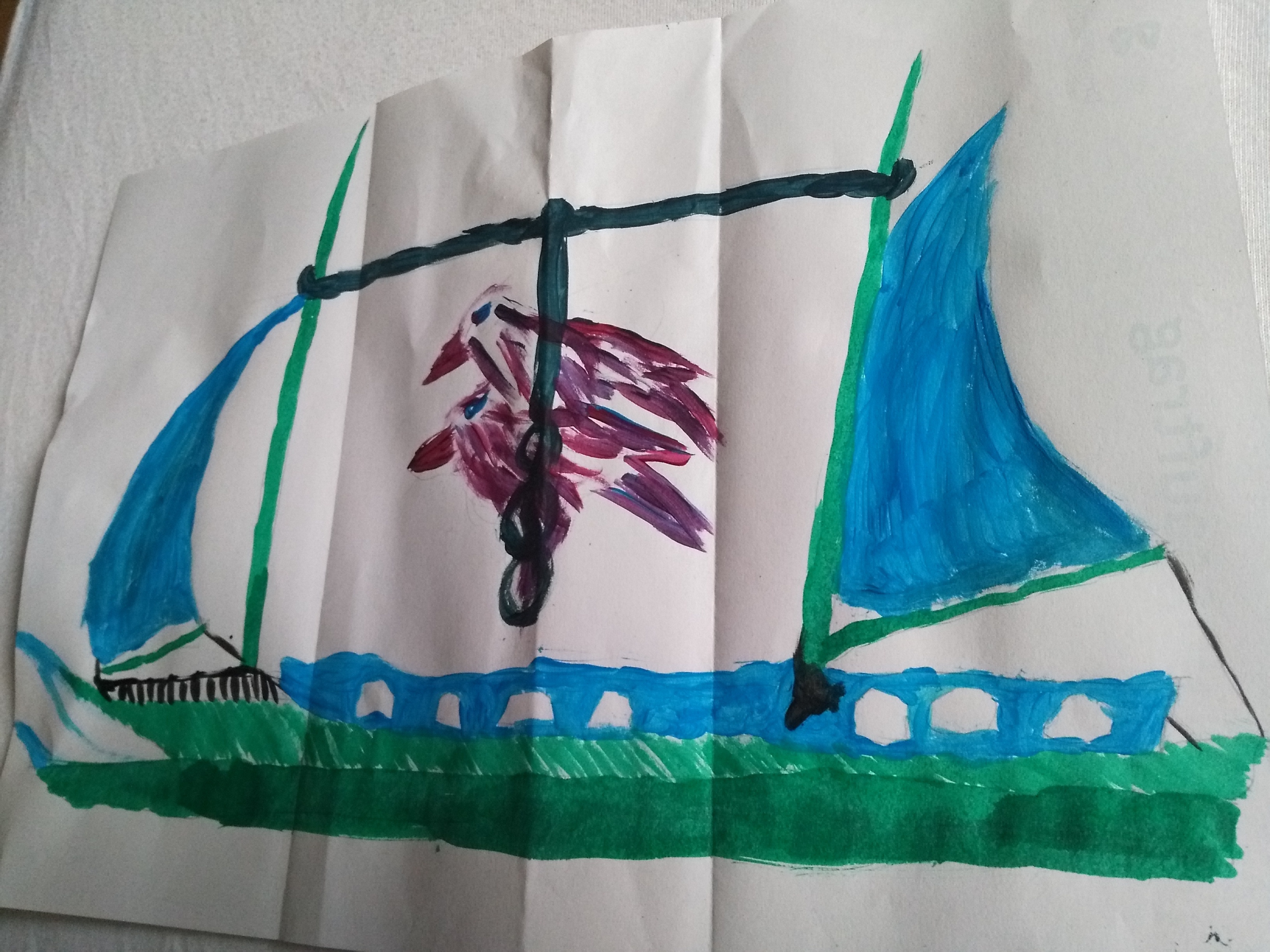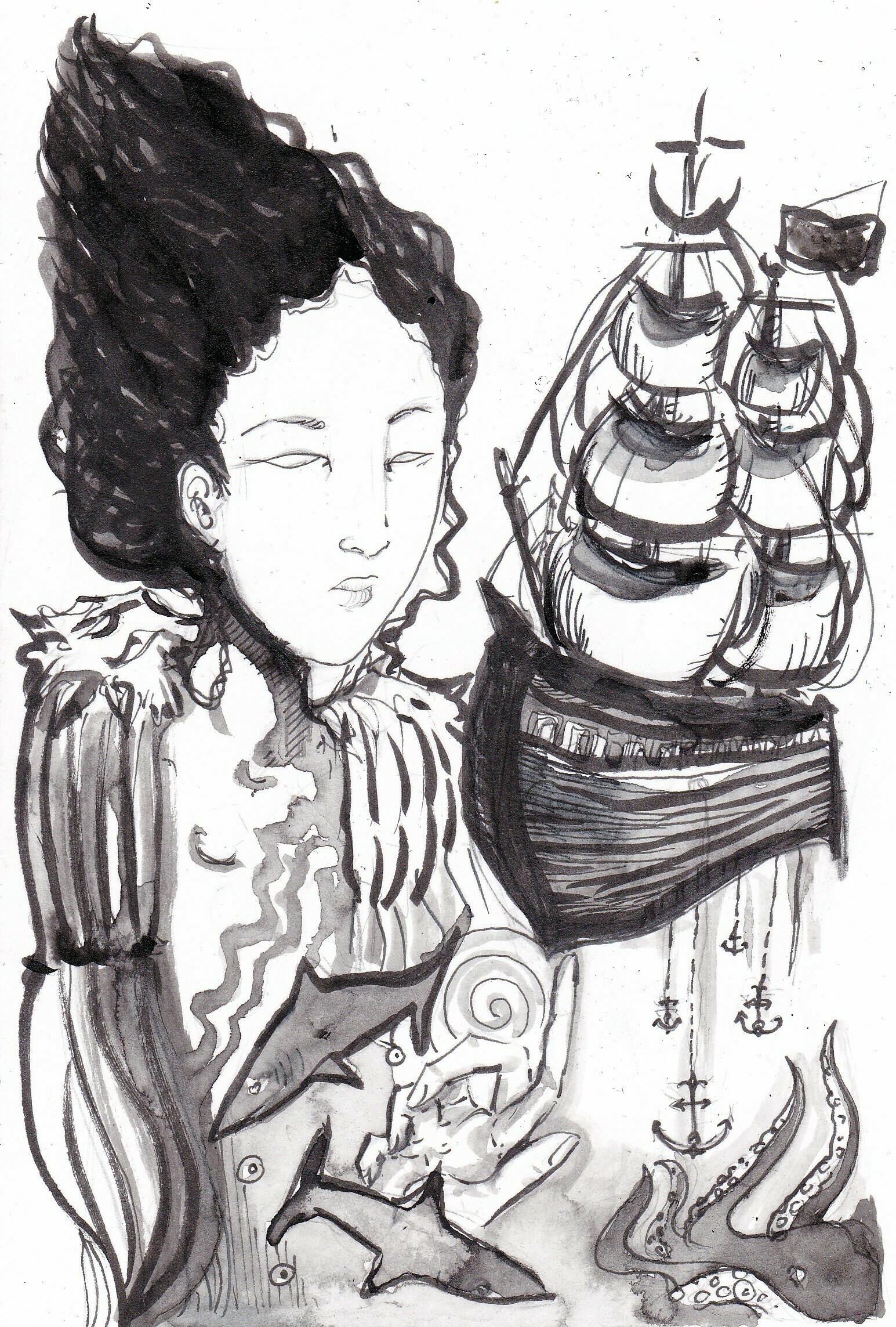#vessel
12 Likes
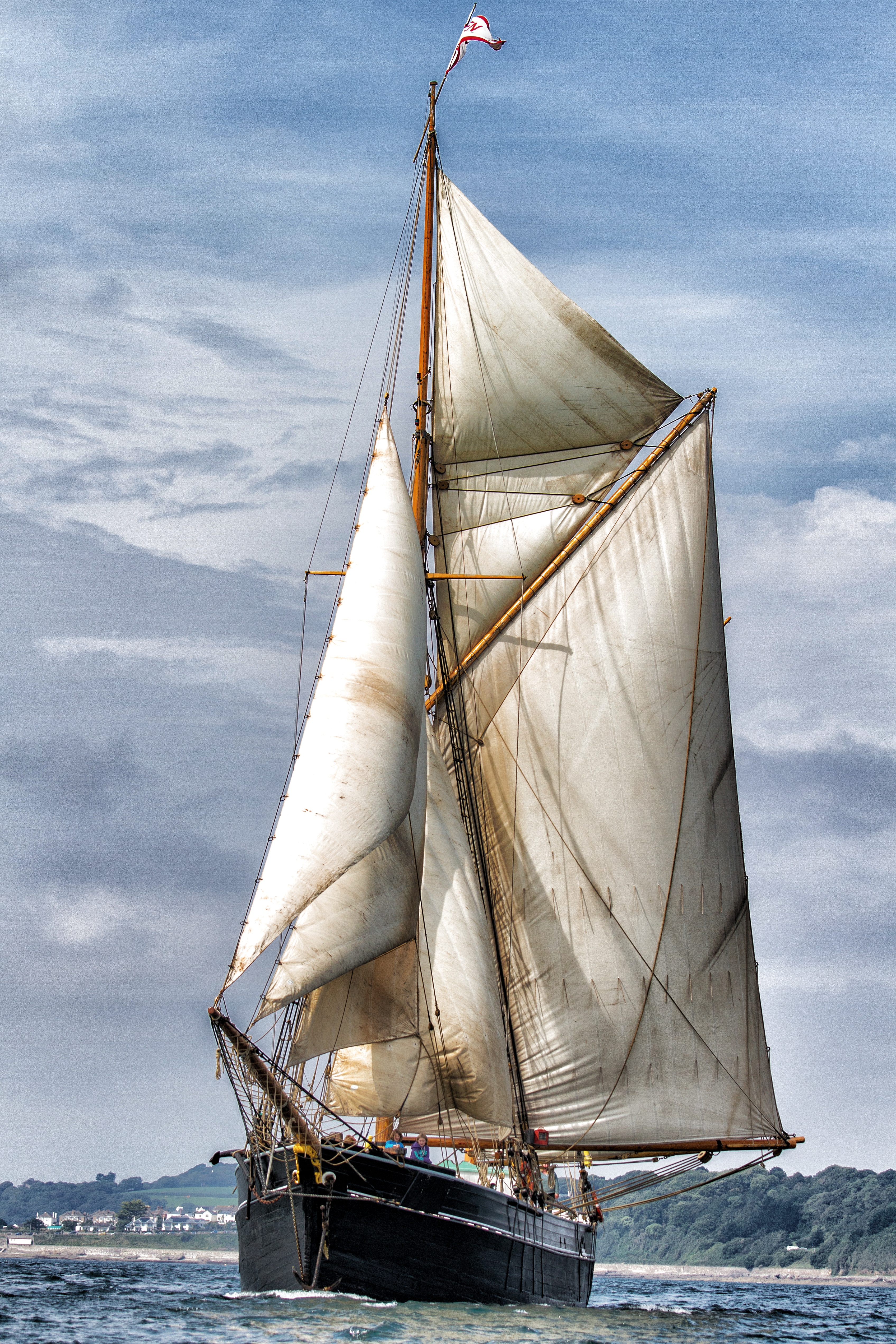
BESSIE ELLEN is one of the last west country ketches from a fleet of nearly 700 vessels. She was built as a speculation (or ‘chopping block’) between 1904 and 1906 to keep the shipwrights busy between other work, at the Mountbatten, Plymouth, yard of William Kelly. She was purchased off the stocks by John Chichester, a north Devon home trade captain who registered her at Barnstaple in January 1907. She was named after the owner’s two daughters, who launched her on 3 January 1907, Bessie (aged 13) breaking the wine bottle on the ketch’s bow whilst Ellen (11) named her. ... ...
In 1947 BESSIE ELLEN, no longer economical in the home trade, was purchased by Captain Christian Moller, from Frederiksvaerk in Denmark and renamed FORSOGET (Endeavour). He took a cargo of china clay from Charlestown to Denmark on her delivery voyage. Moller used her in the scrap iron trade and during his ownership the rig was cut down and a large Hundested single-cylinder engine installed. The deck beams were cut and a much larger steel hatch was made so that the cargo could be unloaded by machinery. Captain Moller continued to run scrap iron cargoes until the late 1970s when he laid the vessel up. Soon afterwards Ole Pietersen purchased her and began to convert her back to a sailing ketch. After major timber replacement he found that due to his age and finances he could not complete the project. The vessel was towed to Svendborg and laid up in the shipyard of J Ring Andersen where she was offered for sale. She lay there for 20 years with little interest shown. Then, in May 2000, she was purchased by Cornish tall ship sailor Nikki Alford.
The shipwrights from Ring Andersen replaced 197ft of planking and fitted the deck planks that had been cut for her 20 years earlier. The bulwark planking and capping rail were replaced and the hull made watertight, and a Volvo engine (dating from about 1967) was installed. In May 2001 BESSIE ELLEN sailed back to Charlestown, Cornwall under a jury rig, and then moved to the Cattewater, Plymouth, for further restoration and re-rigging. A new Douglas fir mainmast was made and sails were cut by James Lawrence, of Brightlingsea. She sailed again in summer 2002, and began charters in 2003.
9 Likes
2 Comments
8 Likes
4 Likes
1 Comments
1 Shares
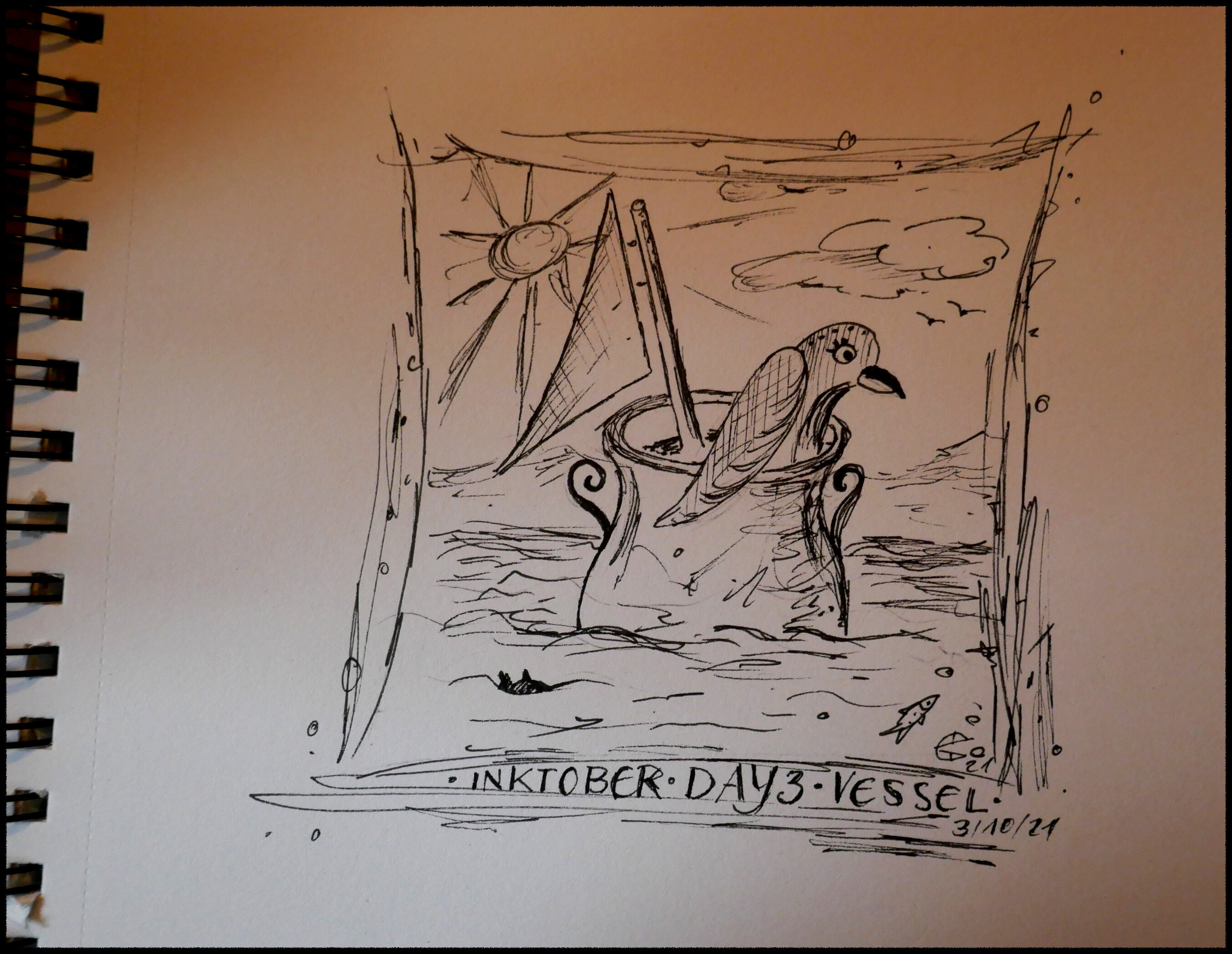
Day3 / vessel
#AB, #AB-inktober-21 #AB-10-21, #Inktober, #Inktober21, #Krikelkrakel, #Gekritzel, #scribble, #doodle, #scetch #art, #Day3, #vessel, #mywork
41 Likes
1 Comments
1 Shares
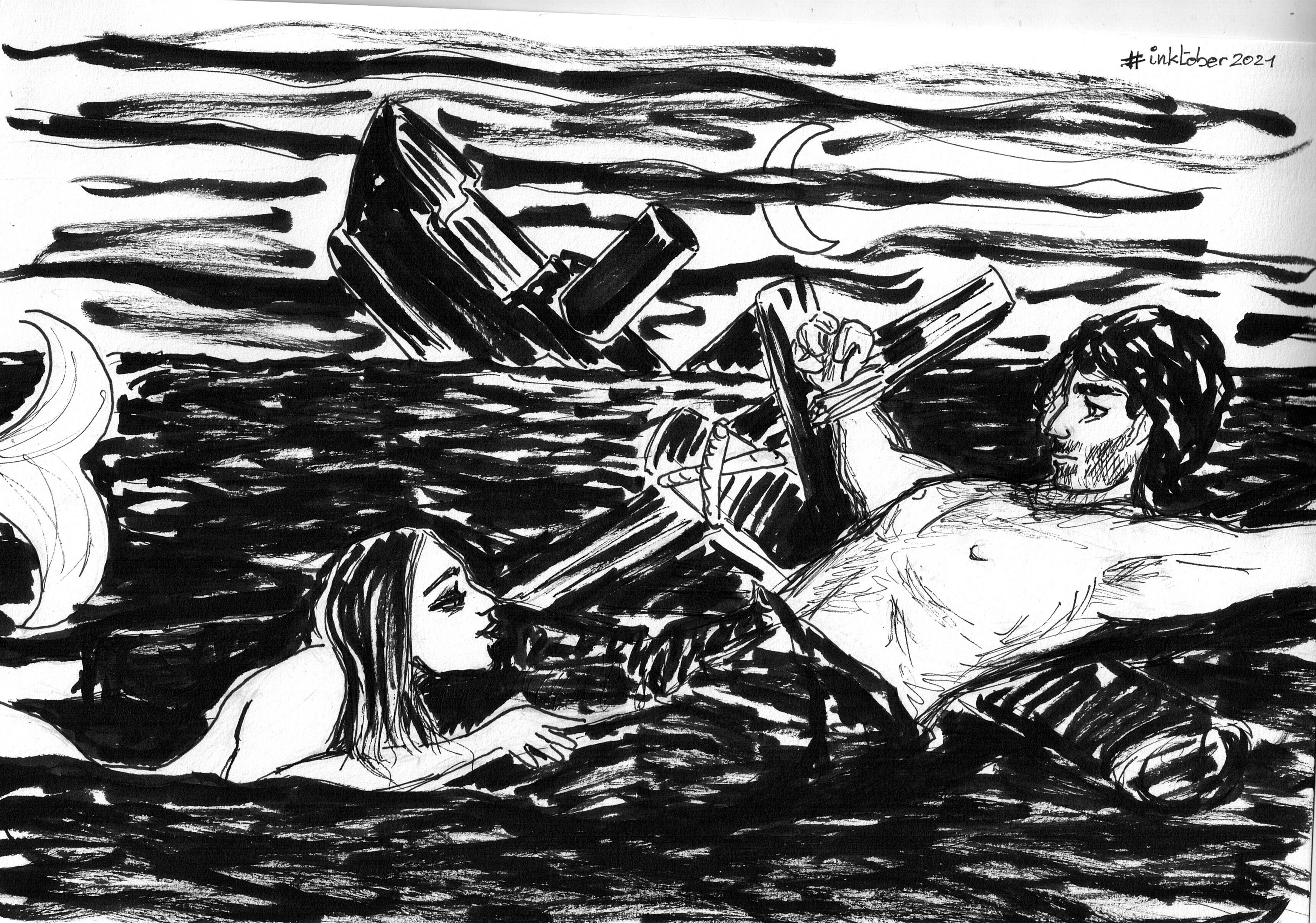
Cargo de nuit
Mais cette machine dans ma tête, machine sourde et tempête...
Cargo du Nuit, Axel Bauer
Je vous avais promis un naufrage...
Vous comprenez pourquoi je préfère dessiner les sirènes que les marins. J'espère que vous avez vu le clin d’œil bédéphile ;)
#inktober2021 #inktober #jour3 #vessel #navire #cargo #cargodenuit #drawing #dessin #gribouillage #art #amateur #mywork #d3 #enjomineur
15 Likes
5 Comments


